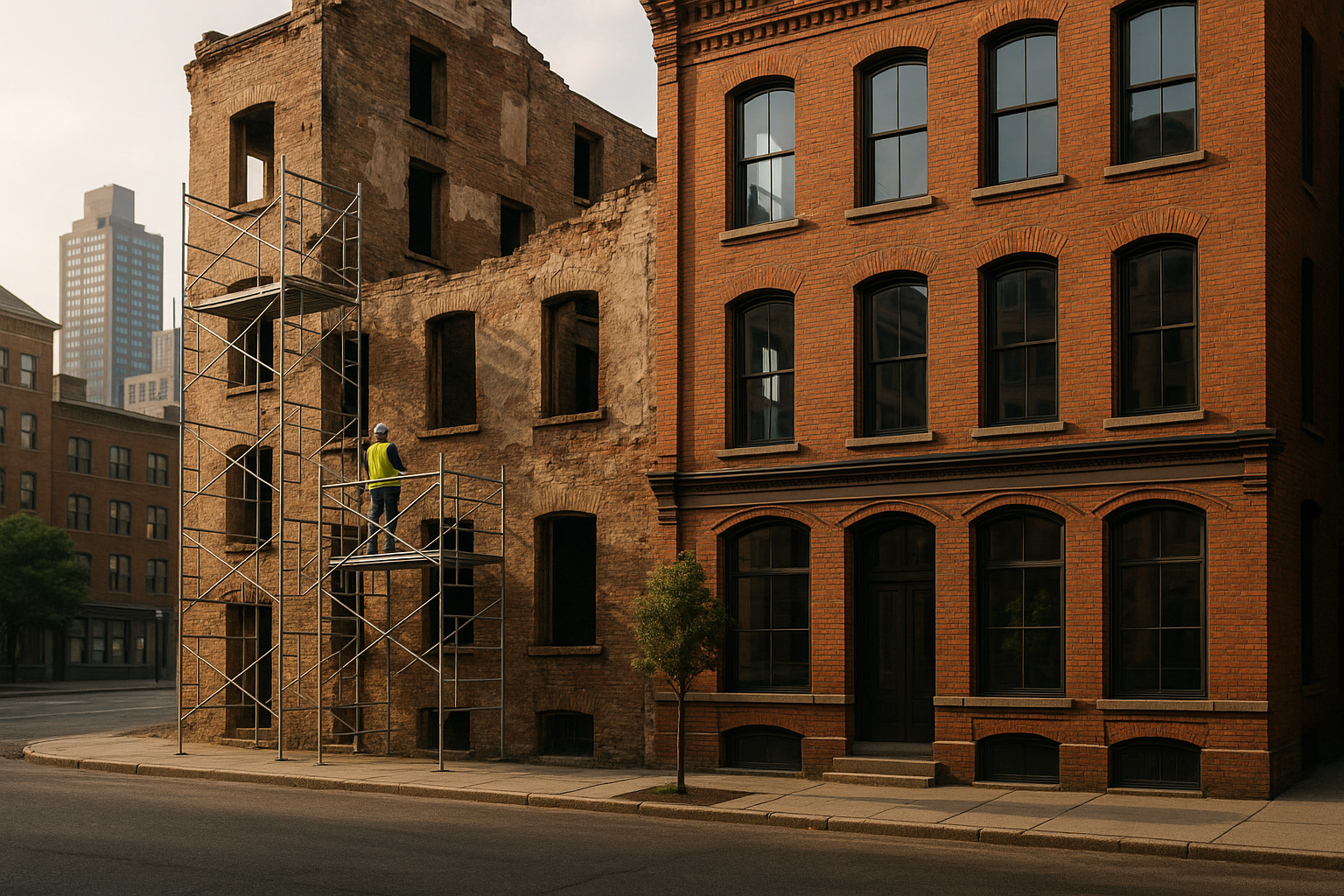The Untapped Potential of Adaptive Reuse in Real Estate
The intricate dance between history and progress is rarely more evident than in the real estate sector. Adapting structures with historical significance to modern-day use - a concept known as adaptive reuse - can be a shrewd strategy for investors, developers, and communities alike.

A Glimpse into Adaptive Reuse
Adaptive reuse refers to the process of redeveloping a site or structure for a purpose other than what it was originally built for. This concept traces its roots back to the 1960s, when urban decay led to the abandonment of many industrial and institutional buildings. Visionaries saw the potential in these structures and began transforming them into modern housing units, offices, or commercial spaces.
Adaptive Reuse: A Beacon in Today’s Market
The current real estate market, strained by environmental concerns and space constraints, finds a valuable ally in adaptive reuse. By breathing new life into old structures, this strategy reduces the need for new construction, saving both resources and space.
Financially speaking, adaptive reuse can often be more cost-effective than new construction. Existing structures can often be purchased at a lower cost, and renovation expenses can be significantly less than building from scratch.
The Pros and Cons of Adaptive Reuse
Like any real estate strategy, adaptive reuse isn’t without its challenges. These projects often require dealing with outdated building codes, structural issues, and potential historical preservation restrictions. However, the benefits often outweigh these hurdles.
Adaptive reuse projects can revitalize neighborhoods, attract businesses, and create jobs. They can also stimulate tourism and preserve a community’s character and history. Furthermore, many consumers appreciate the uniqueness and charm of reimagined spaces, which can command higher rents or sales prices.
Adaptive Reuse: Impact on Investors and Communities
Smart investors are capitalizing on adaptive reuse as a tool for diversification and risk management. This strategy can offer above-average returns, especially in areas where land is scarce or expensive. For communities, adaptive reuse can be a powerful tool for economic and social revitalization.
The Future of Adaptive Reuse
While adaptive reuse is not a new concept, its potential has not been fully tapped. As the real estate landscape evolves, this strategy will likely play an increasingly important role. Whether preserving a piece of history, meeting modern needs, or creating unique spaces, adaptive reuse offers a compelling model for the real estate sector’s future.
In conclusion, adaptive reuse in real estate is a strategy that offers unique opportunities for developers, investors, and communities. By understanding its advantages and challenges, stakeholders can leverage this approach to create successful, sustainable real estate projects.




